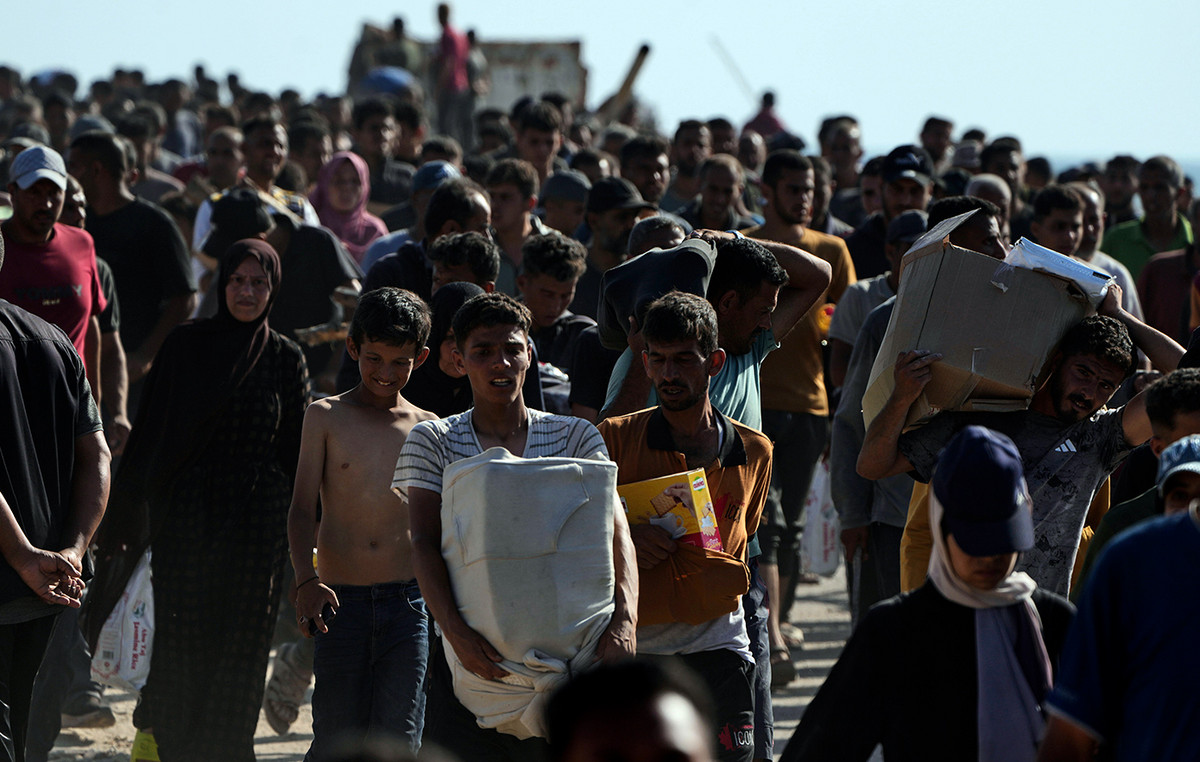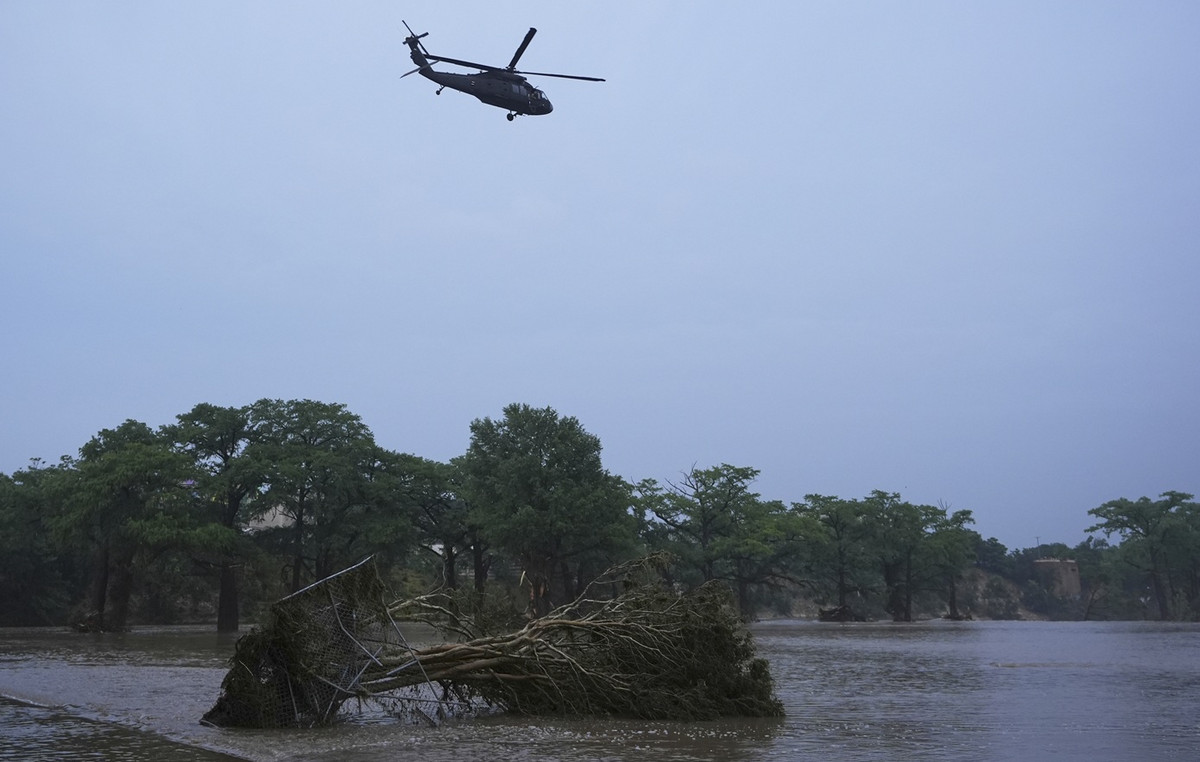Even in the last days of winter, Brazilian cities face rising temperatures this week. São Paulo, for example, broke the record for the highest temperature this year for two consecutive days, on Sunday (17) and Monday (18).
The National Institute of Meteorology (Inmet) warned of the worsening of the situation from Friday (22), with areas in the Central-West and North regions, as well as the interior of São Paulo, exceeding 40°C.
See also — Winter ends with high temperatures across the country
data-youtube-width=”500px” data-youtube-height=”281px” data-youtube-ui=”national” data-youtube-play=”” data-youtube-mute=”0″ data-youtube-id= “pUc_0aEk6UQ”
Also according to Inmet, maximum temperatures above 35°C are expected in the capital of São Paulo from Friday onwards. On Saturday (23), spring begins, also with high temperatures.
It is possible to see a complete list of Brazilian municipalities included in the heat wave warning through this link.
Why is it so hot in Brazil?
The São Paulo Emergency Management Center (CGE) explains that a strong mass of dry air is stationed in Brazil, characterizing an atmospheric blockage.
This meteorological condition prevents the passage of cold fronts and inhibits the formation of clouds that cause storms.
Furthermore, Inmet says that the heat wave that is affecting the country is promoted by this dry weather condition and favored by “atmospheric subsidence”, that is, when the atmospheric pressure between the surface and middle levels of the atmosphere increases.
This movement inhibits the development of clouds and increases the temperature of the air mass. Also according to the federal agency, the atmospheric blockage will be intensified between Thursday (21) and the weekend.

As MetSul meteorologist Estael Sias explained to CNN: “[O calor] creates the feedback mechanism, in which dry air heats the atmosphere more and the atmosphere ends up making the air drier. It forms a real heat dome. We have to imagine it as if it were a pan lid holding this heat on the surface and each day that passes keeping this air dry”.
Despite the prevalence of dry weather, localized intense rains may also occur within the heat wave.
See tips to alleviate the suffocating heat even without air conditioning.
VIDEO — Sweltering heat acts like a pan lid trapping heat, meteorologist tells CNN
data-youtube-width=”500px” data-youtube-height=”281px” data-youtube-ui=”national” data-youtube-play=”” data-youtube-mute=”0″ data-youtube-id= “TXRzwmaDL4U”
PHOTOS — Dogs try to cool off from the high temperatures in a heat wave in Europe and the USA
Source: CNN Brasil
I’m James Harper, a highly experienced and accomplished news writer for World Stock Market. I have been writing in the Politics section of the website for over five years, providing readers with up-to-date and insightful information about current events in politics. My work is widely read and respected by many industry professionals as well as laymen.







